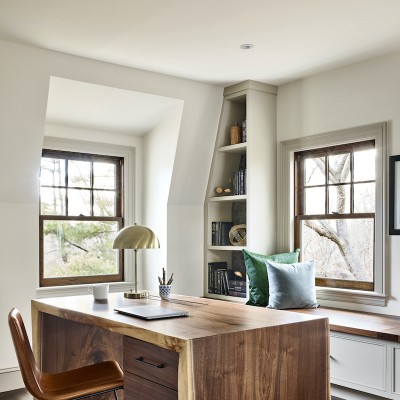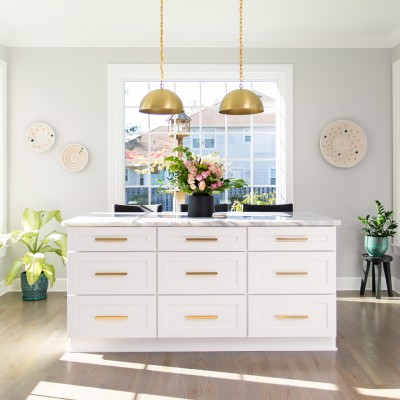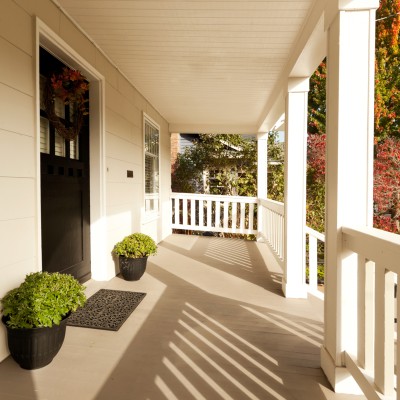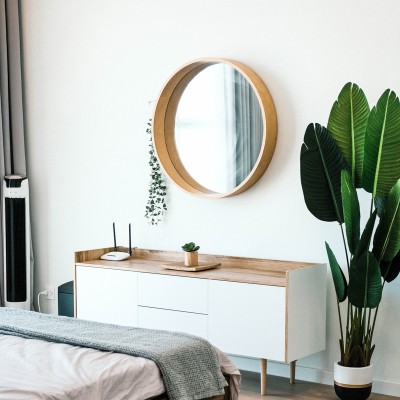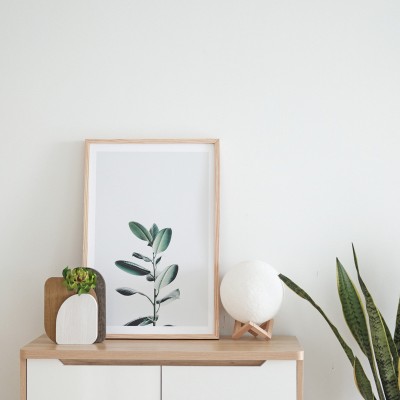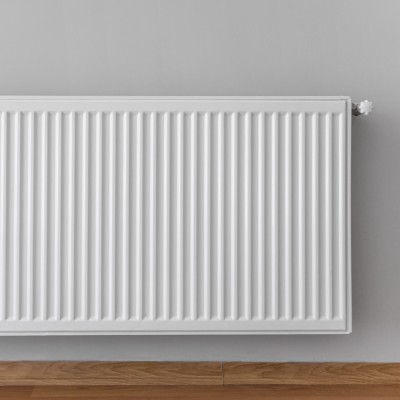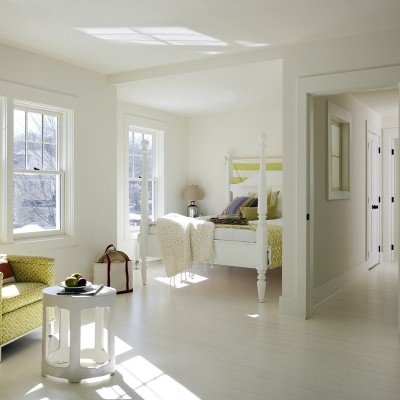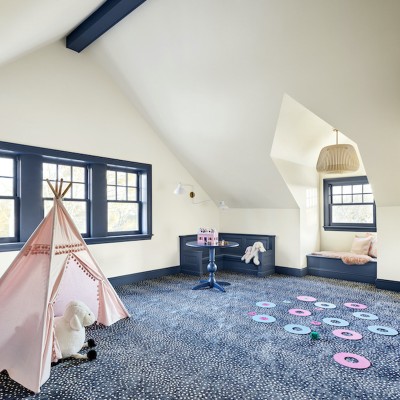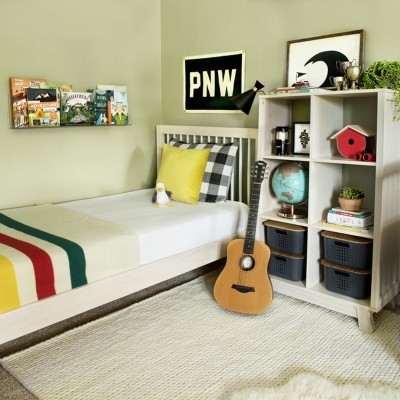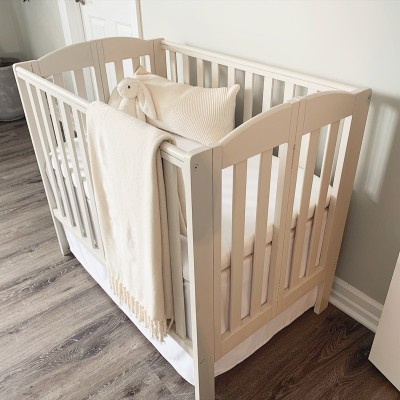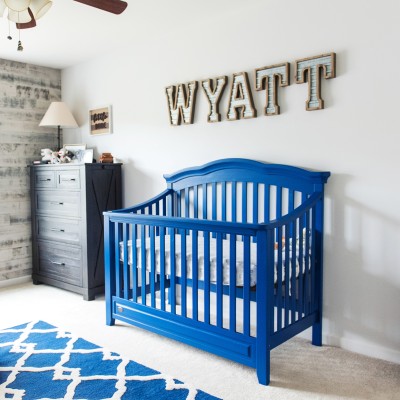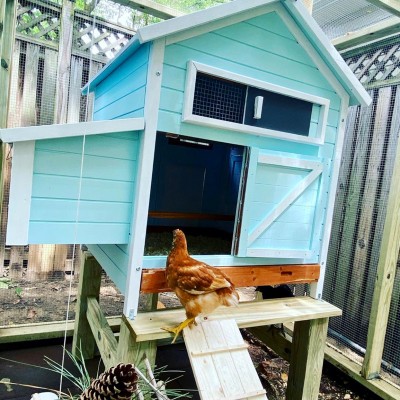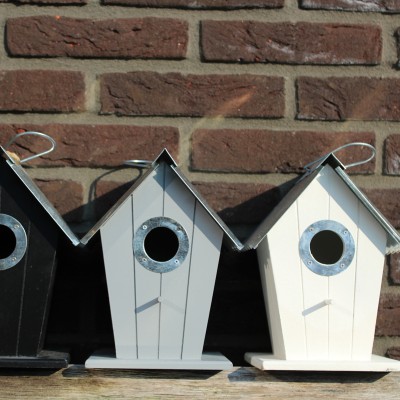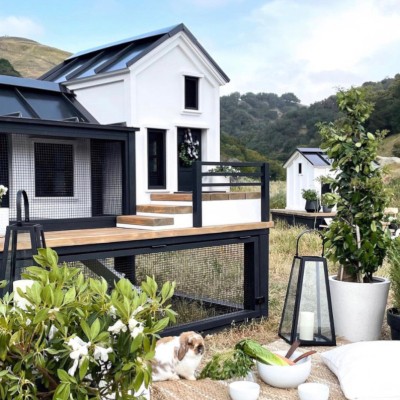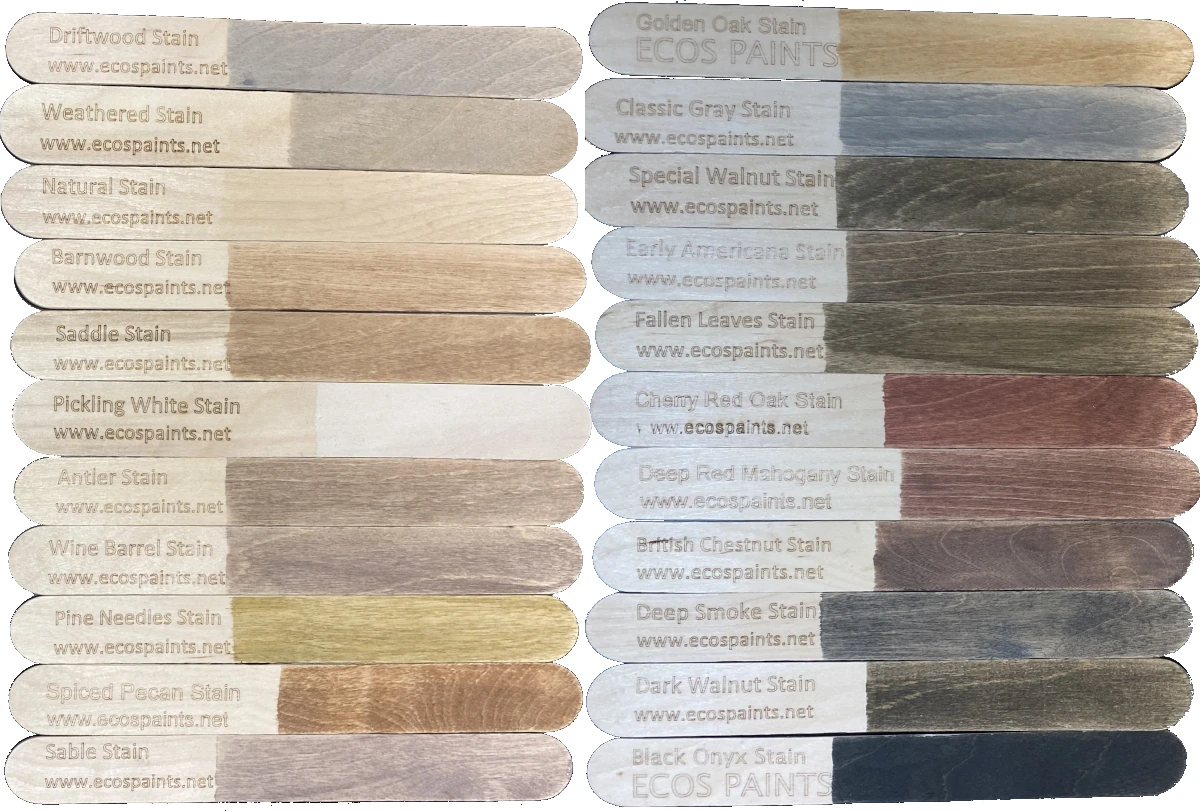How to Safely Paint Your Ceiling

Painting a ceiling is just as big of a project as painting the other four walls in a room. It’s not something that you should forget about—a painted ceiling can make your room feel warmer, bigger, or cozier depending on the color you choose to lather on. If you’re a little worried about your ceiling painting skills, take a look at our guide on how to safely paint your ceiling. Whether you’re painting a small room or a high ceiling, these tips will keep you safe and leave you with a flawless paint job—read on!
Prepare Your Area
Like in any painting project, you want to make sure to properly prepare your painting area. Especially when you’re painting the ceiling, drop cloths are an absolute necessity. Paint drips for even the most professional painters, so protect your furniture and flooring and set up drop cloths. If you’re just updating the ceiling, then make sure to protect your walls with plastic sheeting as well.
To ensure safety throughout your project, remove any furniture that may get in your way. You’re going to have to move around the room a lot, so the less stuff in your way, the better.
Prep the Ceiling
Now comes for the actual prep-work for the ceiling. There are a few different things you need to accomplish here before you delve into the actual painting. Make sure you patch and repair any cracks or holes in the ceiling before you begin. You’ll also want to lightly sand your ceiling and wipe it down before you tape off the edges. From there, if you notice that your ceiling has a few stains, then you’ll want to use a strong stain-blocking primer to conceal those marks. A lot of ceiling paint now has primer mixed in, but if you notice a lot of stains, you’ll want to use a higher quality primer. ECOS Paints has all the ceiling primers you’ll need to start your project off on the right foot.
Cut in First
Even if you’ve taped off the edges, and especially if you haven’t, you’ll want to cut in before you begin rolling on the paint. Cutting in before you roll allows you to cover most of the brush marks with the roller—but make sure to go one section at a time so it all blends in better. This step is particularly important for textured ceilings.
Roll in Both Directions
Now you’ve gotten to the good part—the actual painting of the ceiling! When it’s time to roll, you’ll want to use a low nap roller for a smooth ceiling, and about a ½ inch nap for textured ceilings. Make it easy—and safe—for yourself and use an extension pole to keep your back stable as you reach up. It’s
also smart to work in sections. That way you can keep a wet edge on your rolls and reduce the chance of lap marks. Let it dry, and then check to see if you’ll need a second coat.
Other Important Ceiling Painting Tips:
- Don’t be afraid of colored ceilings—especially in small rooms you want to make bigger and rooms with tall ceilings
- Feather out your paint when you can’t keep a wet edge
- Understand that painting the ceiling is its own project—leave time to accomplish it
For all your painting projects, turn to ECOS Paints. We have all the ceiling primer and paint you need to be successful. Better yet, our health-focused paints are a better choice than other options, as they put your health first, without lacking in quality! Check out our paints and primers now—you won’t regret it.

